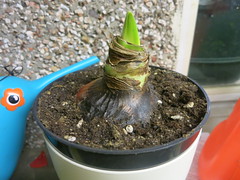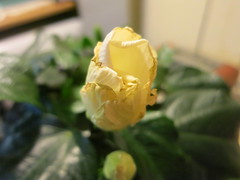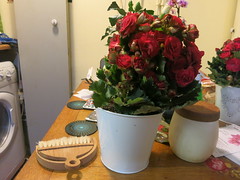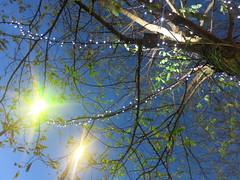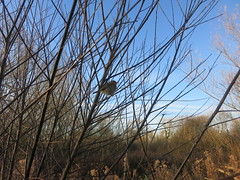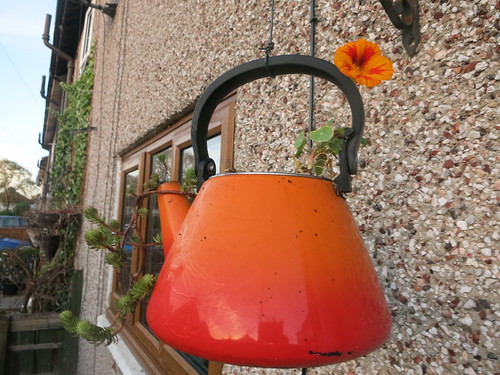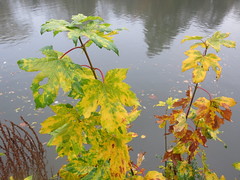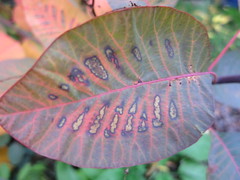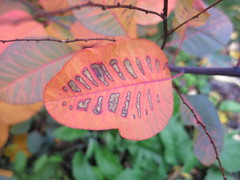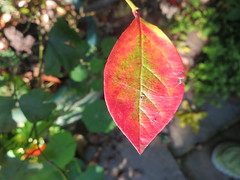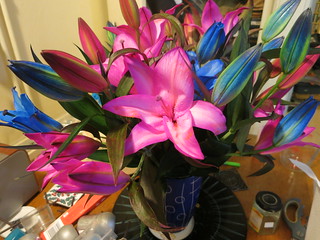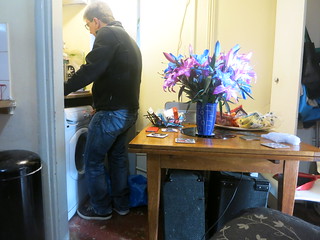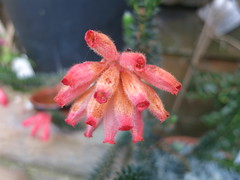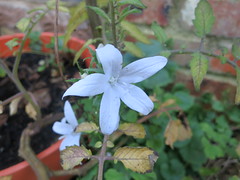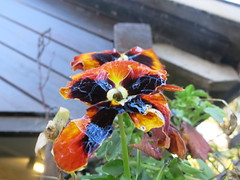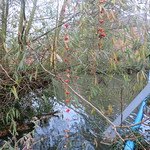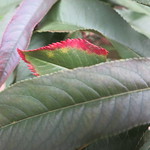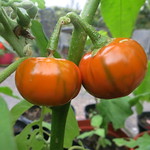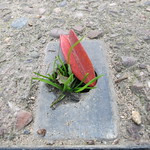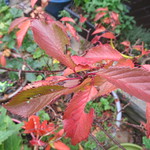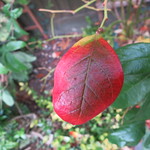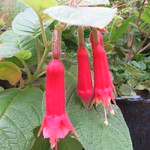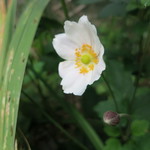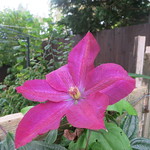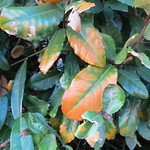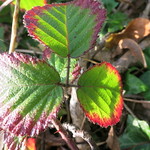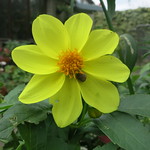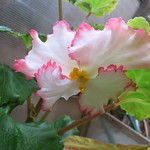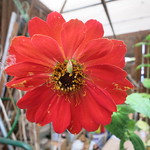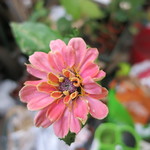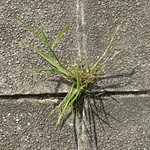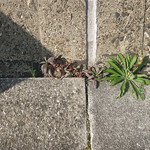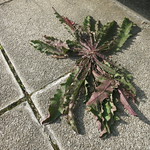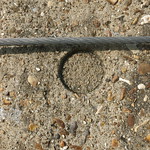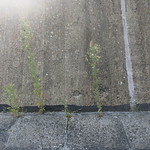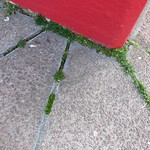There's no shortage of beautiful purples. Here are my top eleven purple seeds, plus a stray corm, because Christmas.
- Zinnia Elegans Giant Purple Prince - proper Imperial Purple, and likely to be a proper fusspot that needs repeatedly staking. Ruffleicious.
- Silene Armeria Electra - the humble Catchfly gets an imperial makeover. A proper rebel - likely to prove invasive, and may revert to its pinker origins.
- Opium Poppy Blackcurrant Fizz - everyone's favourite fling and forget seeds in a ridiculously ruffled blackcurrant pop-party dress. OTT, bonkers, beautiful.
- Shizanthus Dr Badger - little orchidaceous stunners with petals like tiny lilac butterfly wings. This variety has patches so dark they're almost black, hence the badger.
- Phlox 21st Century Blue - foxes the digital cameras with its incredible deep indigo flowers, little orange eyes peek out of the centre of the flowers. Proper showgarden.
- Sweet Pea Blue Velvet - ridiculous watered-silk ball-dress petals, heavily scented, unfussy, huge wows. You can plant them today if you've got a bit of shelter.
- Scabious Burgundy Beau - Wine-dark pincushion plant. Looks at its best decorated with a small bumble bee. Lovely white stamens like tiny fairy lights. Fireworks.
- Purple Cobaea - The cup-and-saucer vine's purple variety is green on the outside, lilac on the inside, like a fancy couture skirt. A scrambler, but classy.
- Larkspur Mauve - poisonous, fussy, fancy and almost certainly irresistible to slugs. A good looking prestige item available as plugs later for when your seeds fail.
- Hibiscus Tronium - The flower-of-an-hour has a dark maroon eye in a sweet white flower with glossy shiny dark foliage. Uplifting.
- Foxglove - nothing fancy, just the hedgerow plant; a drunken leaner, annoyingly biannual so it will spend a good year sprawling dull leaves over everything until it achieves dominion or leaves your garden. Perfect opponent for your Hollyhocks.
- Dahlia Edge of Joy - and here's the stray corm - a pale, fashionable, bee-friendly semi-single flower streaked through with a brushstroke of purple. Gorgeous.
Of course I've made myself a firm promise that I'll use up the seeds I already have before buying any more, so this is strictly fantasy shopping.
We-ell. Maybe just the badger.


